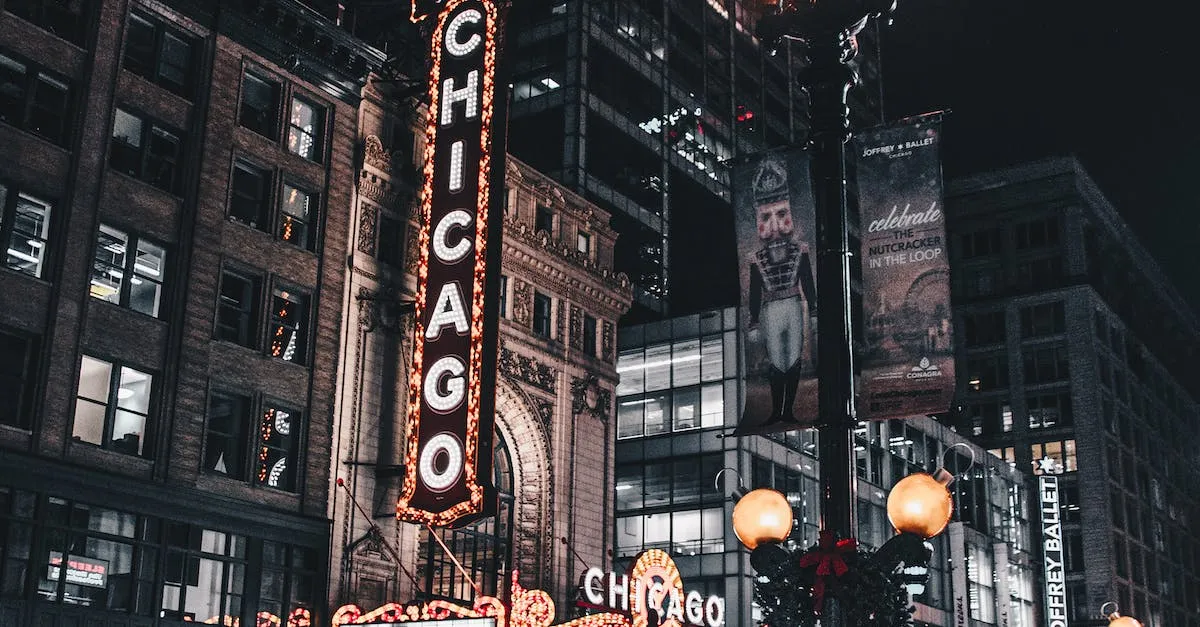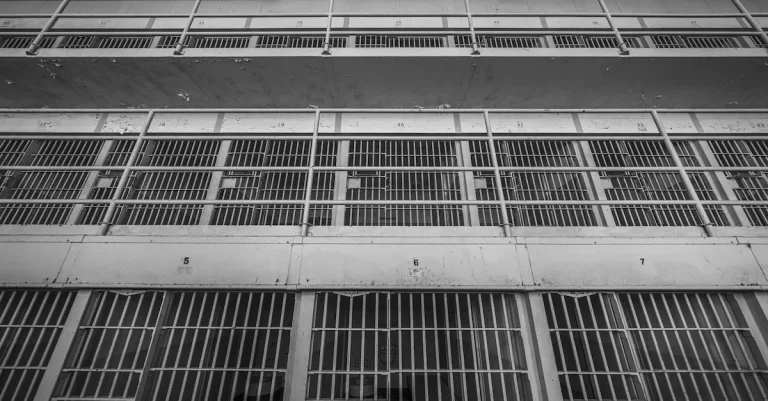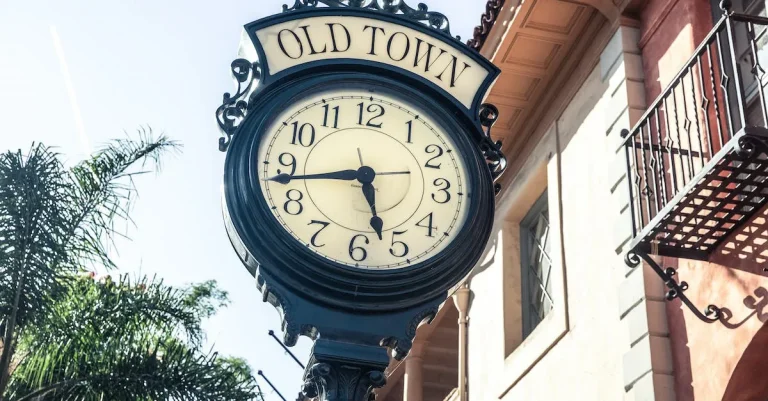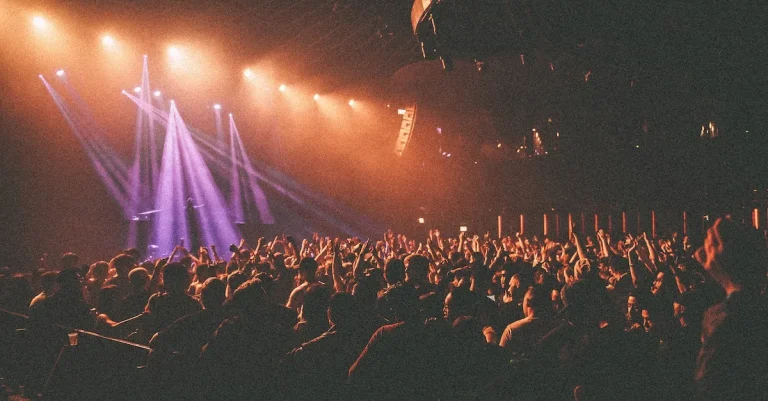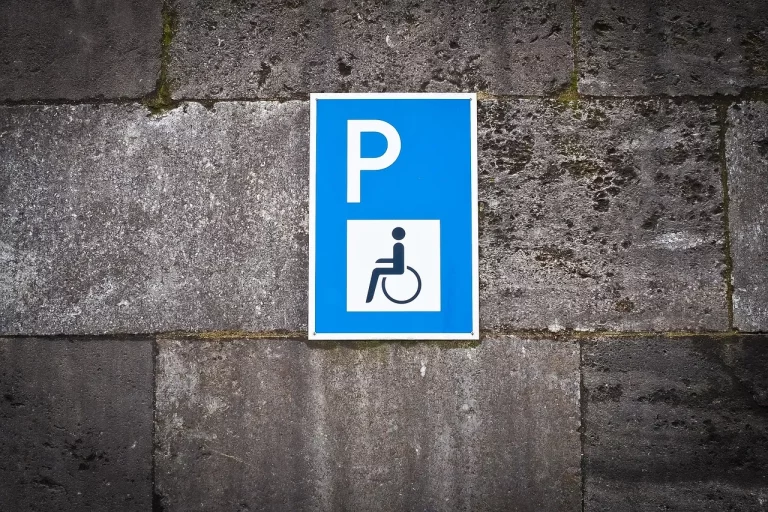What Is Wrong With Chicago? Examining The City’S Challenges
Chicago is known for its world-class architecture, sports teams, food scene, and lakefront beauty. But America’s third largest city also faces major challenges including gun violence, racial inequality, political corruption, and financial instability. If you’re wondering what’s wrong with Chicago, here’s a quick overview: Persistent crime, segregation, inequality, corruption, budget deficits, and population decline have long plagued parts of the Windy City.
In this comprehensive guide, we’ll dive deep into the array of systemic issues facing Chicago today. We’ll analyze contributing factors – from the legacy of machine politics to loss of industry – and how leaders are trying to chart a better course forward.
Violent Crime and Gun Violence
High Murder Rate
One of the major challenges facing Chicago is its high murder rate. The city has consistently ranked among the top in terms of homicides in the United States. In 2020 alone, there were over 700 murders reported in Chicago, a staggering number that highlights the severity of the issue.
This high murder rate has a detrimental effect on the city’s reputation and quality of life for its residents.
Shootings and Gang Activity
Another concerning aspect of Chicago’s violent crime problem is the prevalence of shootings and gang activity. The city has been plagued by gang violence for decades, with numerous rival gangs vying for control of neighborhoods.
This territorial conflict often leads to deadly shootings and innocent bystanders being caught in the crossfire. The easy availability of firearms exacerbates the situation, making it easier for individuals involved in gang activity to carry out acts of violence.
Weak Gun Laws in Surrounding States
One contributing factor to Chicago’s gun violence problem is the weak gun laws in surrounding states. Illinois, where Chicago is located, has relatively strict gun control measures in place. However, neighboring states such as Indiana and Wisconsin have more lenient laws when it comes to purchasing firearms.
This has resulted in a significant number of illegal guns being trafficked into Chicago, fueling the city’s gun violence problem. Efforts to address this issue require a comprehensive approach that involves cooperation between neighboring states and stricter enforcement of existing gun laws.
According to a report by the Chicago Tribune, more than 60% of guns recovered from crime scenes in Chicago between 2013 and 2016 were traced back to out-of-state purchases. This statistic highlights the impact of weak gun laws in surrounding states and the need for a coordinated effort to address this issue.
| City | Murder Rate per 100,000 people |
|---|---|
| Chicago | 25.5 |
| New York City | 3.4 |
| Los Angeles | 6.8 |
As shown in the table above, Chicago’s murder rate is significantly higher than that of other major cities like New York City and Los Angeles. This comparison emphasizes the urgency of addressing the city’s violent crime and gun violence issues.
Efforts to combat violent crime and gun violence in Chicago require a multi-faceted approach. This includes strengthening community policing initiatives, investing in education and job creation programs, and advocating for stricter gun control measures both at the state and federal levels.
By addressing the root causes of violence and implementing comprehensive solutions, Chicago can begin to overcome the challenges it faces and create a safer and more prosperous city for all its residents.
Legacy of Racial Segregation and Inequality
The city of Chicago has a long and complex history of racial segregation and inequality, which continues to affect its communities today. This legacy can be traced back to the practice of redlining and housing discrimination that took place in the mid-20th century.
Lasting Impacts of Redlining and Housing Discrimination
Redlining was a discriminatory practice where neighborhoods were categorized based on their racial composition, with predominantly black neighborhoods being marked as high-risk for lending and investment.
This resulted in limited access to affordable housing and stifled economic opportunities for black residents. The effects of redlining can still be seen today, as many black neighborhoods continue to face disinvestment, limited access to quality healthcare and education, and higher levels of poverty.
According to a study conducted by the National Community Reinvestment Coalition, predominantly black neighborhoods in Chicago are more likely to have lower home values, higher poverty rates, and limited access to essential services when compared to predominantly white neighborhoods.
This disparity in resources and opportunities has contributed to a cycle of poverty and inequality that is difficult to break.
Concentrated Poverty in Black Neighborhoods
One of the most significant challenges facing Chicago is the concentrated poverty that exists in many black neighborhoods. Research has shown that concentrated poverty can have detrimental effects on individuals and communities, leading to higher crime rates, limited educational opportunities, and a lack of access to basic amenities.
According to data from the U.S. Census Bureau, some predominantly black neighborhoods in Chicago have poverty rates exceeding 40%, while predominantly white neighborhoods have poverty rates as low as 3%.
This stark disparity in poverty levels highlights the ongoing racial and economic inequalities that persist in the city.
Funding Disparities in Schools
Another consequence of Chicago’s legacy of racial segregation is the funding disparities in schools. Public schools in predominantly black neighborhoods often receive less funding compared to schools in predominantly white neighborhoods.
This lack of resources makes it challenging for schools in black neighborhoods to provide quality education and support services for their students.
A report by the Chicago Teachers Union found that schools in predominantly black neighborhoods had fewer resources, such as libraries, art programs, and extracurricular activities, compared to schools in predominantly white neighborhoods.
This disparity in funding and resources further perpetuates the achievement gap between students from different racial and socioeconomic backgrounds.
Addressing the legacy of racial segregation and inequality in Chicago requires a comprehensive approach that includes targeted investments in marginalized communities, equitable distribution of resources, and policies that promote fair housing and educational opportunities for all residents.
It is essential to recognize and confront the systemic barriers that have contributed to these challenges in order to create a more inclusive and equitable city for all of its residents.
Political Corruption and Dysfunction
One of the major challenges facing Chicago is political corruption and dysfunction. The city has a long history of machine politics, where political leaders and parties maintain power through patronage, bribery, and other unethical practices.
This history dates back to the early 20th century when powerful political machines controlled various aspects of city government.
History of Machine Politics
Chicago’s history of machine politics can be traced back to the era of Richard J. Daley, who served as the city’s mayor from 1955 to 1976. Daley and his Democratic Party machine maintained control over the city by rewarding loyal supporters with jobs, contracts, and other favors.
This system of patronage allowed the machine to consolidate power and stifle opposition.
The legacy of machine politics in Chicago has had far-reaching consequences. It has perpetuated a culture of corruption and nepotism, where personal connections and political alliances often take precedence over merit and qualifications.
This has hindered the city’s ability to address pressing issues and implement effective policies.
Scandals and Patronage Issues
Over the years, Chicago has been plagued by numerous scandals and controversies related to political corruption. From the infamous Al Capone era to more recent scandals involving city officials, the city’s reputation has suffered as a result of these unethical practices.
One notable example is the scandal surrounding former Governor Rod Blagojevich, who was convicted of corruption charges, including attempting to sell the Senate seat vacated by President Barack Obama.
This scandal highlighted the extent to which political corruption had infiltrated the highest levels of government in Illinois.
In addition to outright corruption, Chicago has also faced challenges related to patronage issues. The practice of awarding jobs and contracts based on political connections rather than qualifications has led to inefficiencies and a lack of accountability in city government.
Fiscal Mismanagement and Infrastructure Woes
Another aspect of Chicago’s political dysfunction is its history of fiscal mismanagement and infrastructure woes. The city has struggled with budget deficits and mounting debt, which has limited its ability to invest in essential services and infrastructure improvements.
One key issue is the underfunding of the city’s public pension system, which has resulted in a significant financial burden. Chicago’s pension liability has been a major factor contributing to the city’s fiscal challenges and has required difficult decisions regarding budget cuts and tax increases.
Furthermore, Chicago’s infrastructure has deteriorated over the years, with crumbling roads, bridges, and public transportation systems. This has not only affected residents’ quality of life but also hindered economic development and growth.
Population Loss and Economic Decline
Chicago, once known as the “Windy City” and a hub of economic activity, is currently facing a number of challenges that have contributed to its population decline and economic struggles. These challenges have had a profound impact on the city’s manufacturing base, job opportunities, and overall financial stability.
Declining Manufacturing Base and Job Loss
One of the main factors contributing to Chicago’s economic decline is the loss of its once-thriving manufacturing base. In the past, the city was a center for manufacturing industries such as steel, machinery, and automobiles.
However, over the years, many of these industries have either moved their operations to other locations or have shut down completely. This has resulted in a significant loss of jobs and a decline in economic activity.
According to a report by the Federal Reserve Bank of Chicago, the city has experienced a decline in manufacturing employment, with the sector losing thousands of jobs in recent years. This has had a ripple effect on the local economy, leading to a decrease in consumer spending and a higher unemployment rate.
Loss of Black Residents
Another major challenge facing Chicago is the loss of its black residents. Over the past few decades, the city has seen a significant decrease in its black population. According to the U.S. Census Bureau, between 2000 and 2010, Chicago lost over 180,000 black residents, making it the city with the largest decline in black population during that period.
There are various factors that have contributed to this trend, including the lack of affordable housing options, high crime rates in certain neighborhoods, and limited job opportunities. The loss of black residents not only impacts the city’s diversity and cultural fabric but also has economic implications, as it leads to a decrease in tax revenue and a strain on social services.
Budget Shortfalls and Credit Downgrades
Chicago’s financial challenges are further exacerbated by budget shortfalls and credit downgrades. The city has been struggling with balancing its budget for years, facing increasing pension obligations, rising healthcare costs, and a lack of revenue due to population decline and economic stagnation.
In 2017, Chicago’s credit rating was downgraded by Moody’s Investors Service to junk status, making it the only major U.S. city with such a low credit rating. This downgrade has made it more expensive for the city to borrow money, resulting in higher borrowing costs and further straining its financial situation.
Addressing these challenges requires a multi-faceted approach, involving efforts to attract new industries, create job opportunities, improve public safety, and implement long-term fiscal reforms. By addressing the root causes of population loss and economic decline, Chicago can work towards revitalizing its economy and ensuring a brighter future for its residents.
Ongoing Efforts to Improve and Revitalize
Despite the challenges facing Chicago, the city has not been idle in its efforts to improve and revitalize. Various initiatives have been implemented to address key issues and bring about positive change.
Police and Justice Reforms
One area of focus has been police and justice reforms. The city has taken steps to rebuild trust between law enforcement and the community. Initiatives such as increased transparency, de-escalation training, and body camera usage have been introduced to hold officers accountable and ensure fair and just treatment for all residents.
These efforts aim to reduce incidents of police misconduct and strengthen the relationship between the police and the community they serve.
Investment in Underserved Neighborhoods
Another crucial aspect of Chicago’s revitalization efforts is the investment in underserved neighborhoods. Recognizing the disparities that exist, both public and private entities have committed resources to improve infrastructure, provide quality education, and create economic opportunities in these areas.
By addressing the root causes of inequality and providing support to communities in need, Chicago aims to create a more equitable city for all its residents.
Political Change and Grassroots Activism
Political change and grassroots activism have also played a significant role in Chicago’s journey towards improvement. Grassroots organizations and community leaders have been actively advocating for change, pushing for policies that address systemic issues and uplift marginalized communities.
Additionally, recent elections have brought new leadership to the city, with elected officials committed to addressing the challenges faced by Chicago head-on and implementing policies that promote inclusivity and progress.
These ongoing efforts to improve and revitalize Chicago are crucial for the city’s future. While progress may take time, the commitment to change and the investment in addressing the root causes of the city’s challenges provide hope for a brighter future.
Conclusion
In conclusion, a myriad of complex societal issues – including violence, racism, corruption, poverty, and population decline – have long plagued parts of Chicago. But resilient residents continue working to heal the city’s divisions, uplift struggling communities, enact reforms, and bring hope for a more just and equitable future.

